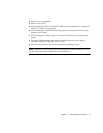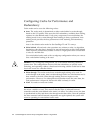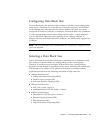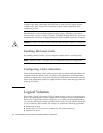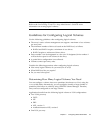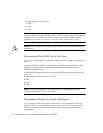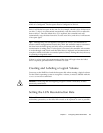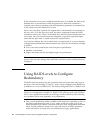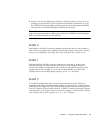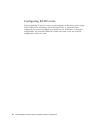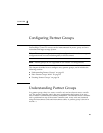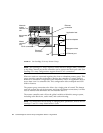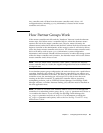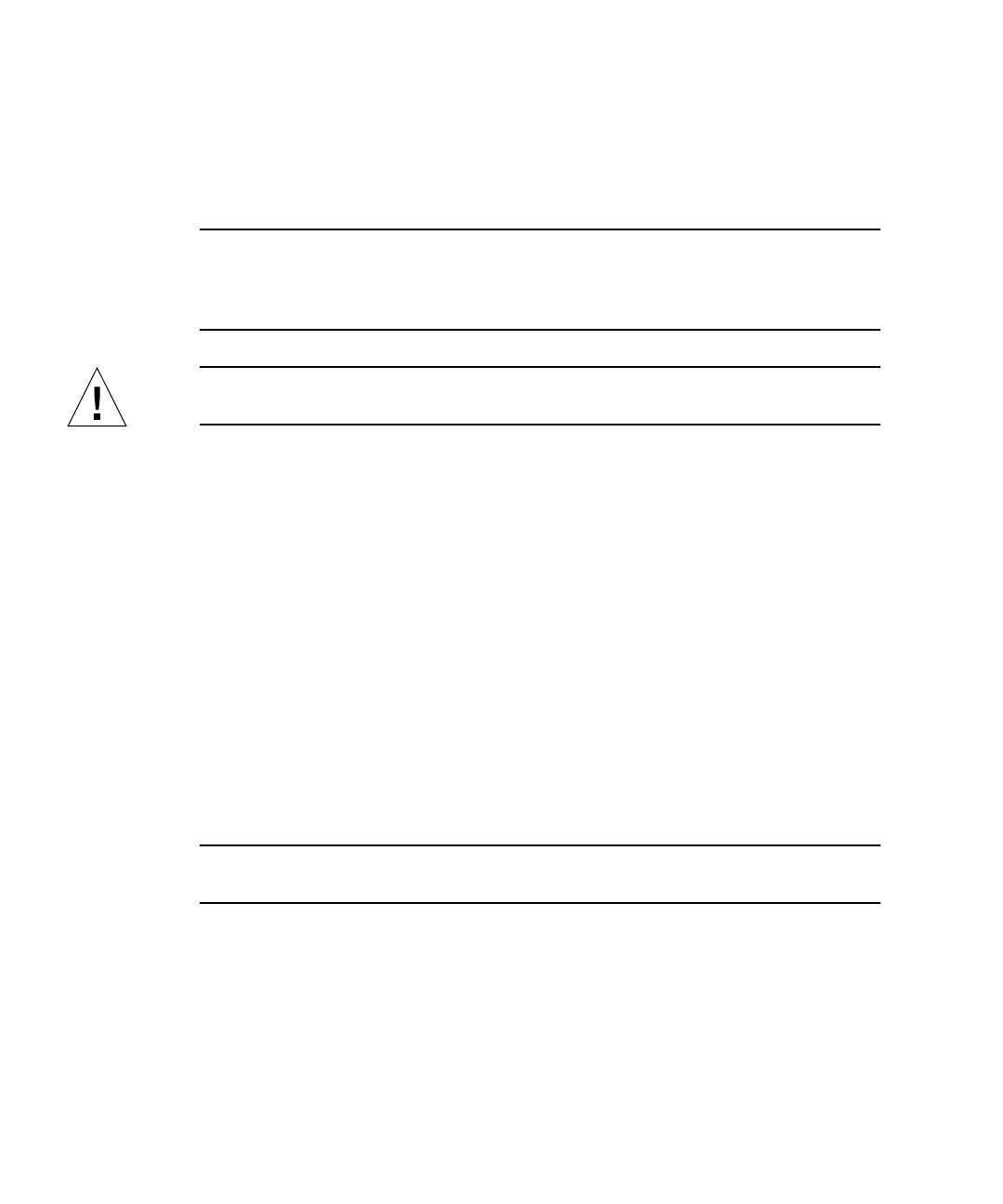
18 Sun StorEdge T3 and T3+ Array Configuration Guide • August 2001
■ Data-intensive NFS, version 3
■ DSS
■ DW
■ HPC
Note – If you are creating new volumes or changing the volume configuration, you
must first manually rewrite the label of the previous volume using the autoconfigure
option of the
format(1M) UNIX host command. For more information on this
procedure, refer to the Sun StorEdge T3 and T3+ Array Administrator’s Guide.
Caution – Removing and reconfiguring the volume will destroy all data previously
stored there.
Determining Which RAID Level You Need
For a new array installation, the default configuration is 8+1 RAID 5, without a hot
spare.
In general, RAID 5 is efficiently managed by the RAID controller hardware. This
efficiency is apparent when compared to RAID 5 software solutions such as
VERITAS Volume Manager.
The following applications benefit most from the RAID controller hardware of the
array:
■ Data-intensive NFS file system, version 3
■ DSS
■ DW
■ HPC
Note – For more information about RAID levels, see “Using RAID Levels to
Configure Redundancy” later in this chapter.
Determining Whether You Need a Hot Spare
If you choose to include a hot-spare disk drive in your configuration, you must
specify it when you create the first volume in the array. If you want to add a hot
spare at a later date, you must remove the existing volume(s) and recreate the
configuration.




